How to Repair Your Roof After Storm Damage
Experiencing storm damage to your roof can be a daunting and stressful situation for any homeowner. The structural integrity of your home is at risk, and immediate repairs are necessary to prevent further issues. While professional intervention is often required, some preliminary repairs can be done on your own. Understanding the extent of the damage is the first step in determining the right course of action. Additionally, having the right tools and safety equipment on hand can make the repair process smoother and reduce potential hazards. This blog post outlines a step-by-step guide on how to repair your roof after suffering storm damage.
1. Assess the Damage
The first crucial step in repairing your storm-damaged roof is to conduct a thorough assessment of the damage. It’s important to do this safely, using binoculars from the ground or a sturdy ladder if it’s safe to climb. Look for missing or broken shingles, dents, and other forms of damage such as loose flashing or leaks. Documenting the damage with photographs can be helpful both for your records and any potential insurance claims. This assessment will give you a clear idea of the materials and expertise required to proceed with repairs.
2. Gather Necessary Materials and Tools
Once you have a comprehensive understanding of the damage, gather the necessary materials and tools for repair. Common materials needed may include shingles, roofing nails, roofing tar, and metal flashing. Additionally, ensure you have a sturdy ladder, a hammer, and gloves for protection. According to Green Home Guide, simply choosing the right roofing material could result in as much as a 30% decrease in your home’s energy needs. Thus, when selecting replacement materials, consider energy-efficient options that not only repair your roof but also reduce your energy consumption in the long run.
3. Conduct Temporary Fixes
If immediate repairs are not feasible, temporary fixes can prevent further damage until professional help can arrive. Use a tarp to cover any major leaks or holes in your roof. Secure the tarp with roofing nails or sandbags to ensure it withstands any additional adverse weather conditions. This temporary barrier will protect your home’s interior from further water damage and provide a stopgap measure until more permanent solutions can be implemented. Additionally, inspect areas around chimneys, skylights, and other protrusions to ensure they remain watertight, as these spots are especially vulnerable to storm damage.
4. Replace Damaged Shingles
One of the most common roof repairs involves replacing damaged shingles. To do this, lift the edges of the surrounding shingles and remove the damaged ones. Carefully slide the new shingle into place, aligning it with the adjacent shingles and securing it with roofing nails. Be mindful to match the color and design of the new shingles with the existing roof to maintain your home’s aesthetic appeal. Properly installed shingles will protect your roof from further exposure to the elements. For older roofs, replacing shingles with modern, weather-resistant options may also enhance the longevity of your roof and offer better protection against future storms.
5. Inspect and Secure Flashing
Flashing, the metal pieces found around vents, chimneys, and other roof elements, is crucial for preventing water infiltration. Inspect these areas carefully, looking for signs of separation or rust. Secure loose flashing with roofing cement, ensuring a watertight seal. For sections that are severely damaged, replacement may be necessary. Properly maintained flashing ensures your roof remains watertight and prevents costly water damage inside your home. Consider upgrading flashing to more durable materials, especially in regions prone to severe storms, to provide an added layer of protection.
Repairing your roof after a storm is an essential task that safeguards your home’s structural integrity. Storm damage can lead to significant structural issues if left unaddressed, making timely intervention critical. Additionally, ensure regular inspections after each storm to catch any minor damage before it escalates. Ignoring even small leaks or damaged shingles can result in costly repairs down the line. Taking swift action not only prevents further damage but also extends the lifespan of your roof. By staying proactive, you can minimize the impact of the damage and keep your home safe and secure for years to come. Contact our team at Jansen Roofing & Repair Inc for more information on our roof repair services for your storm damage needs.

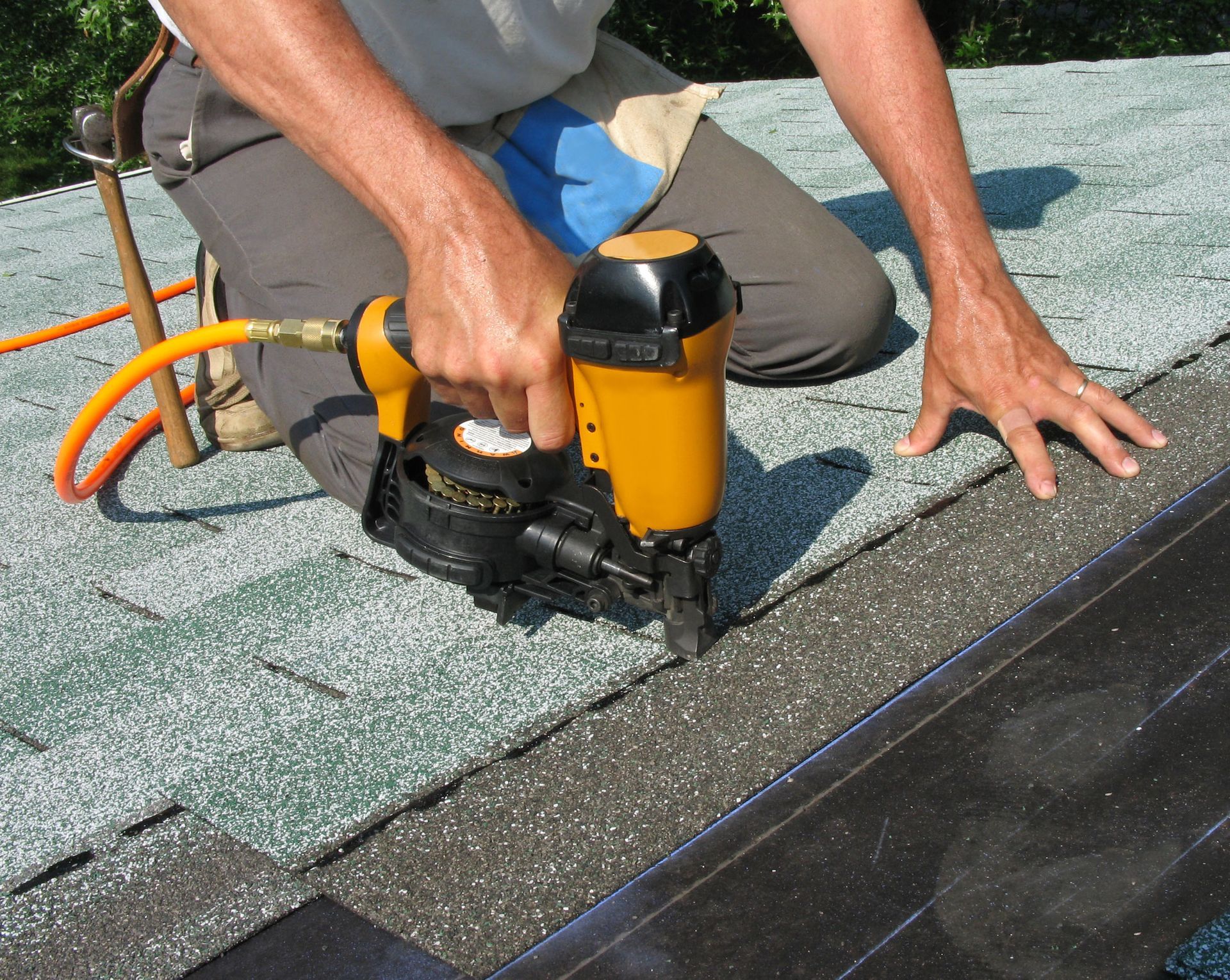
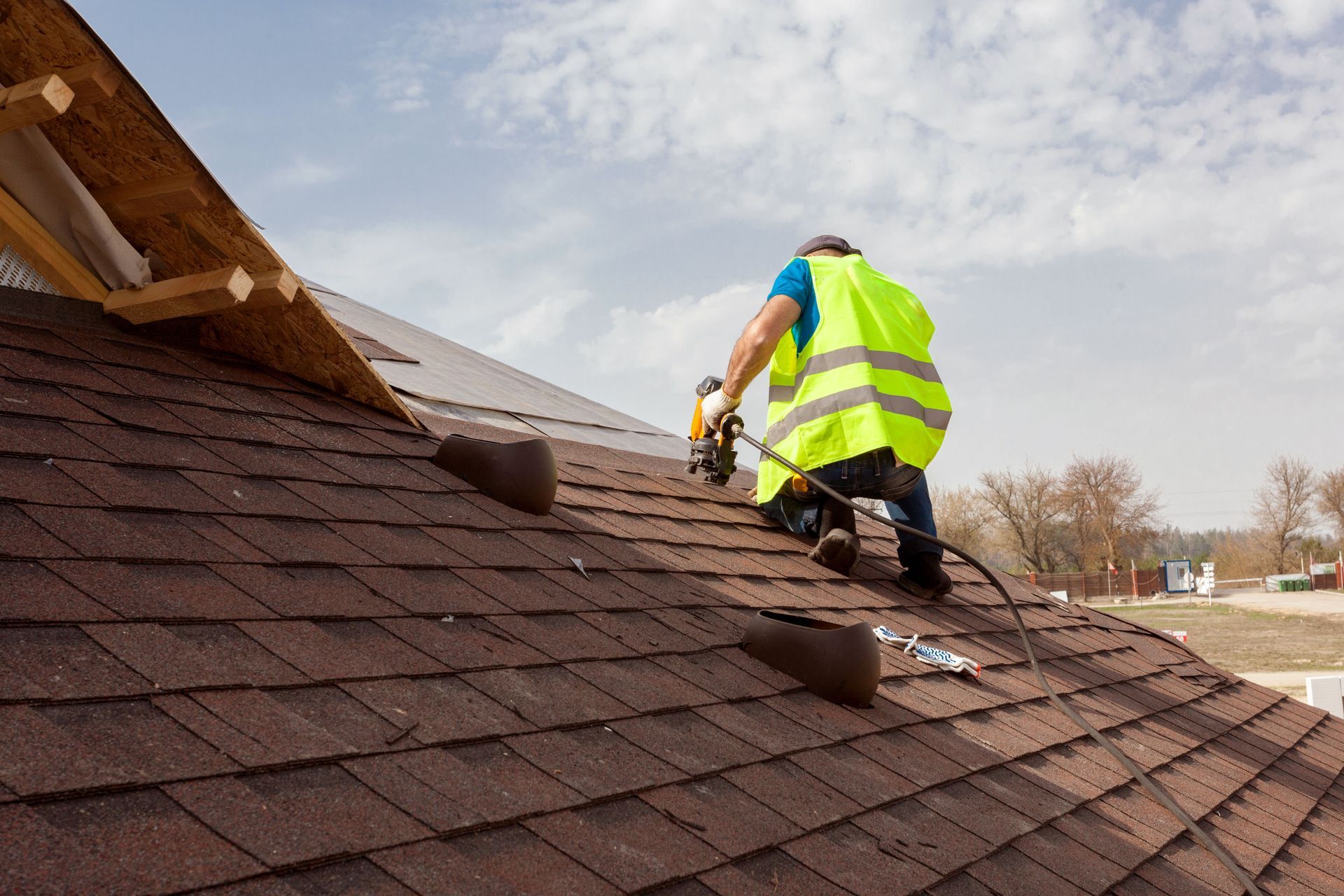
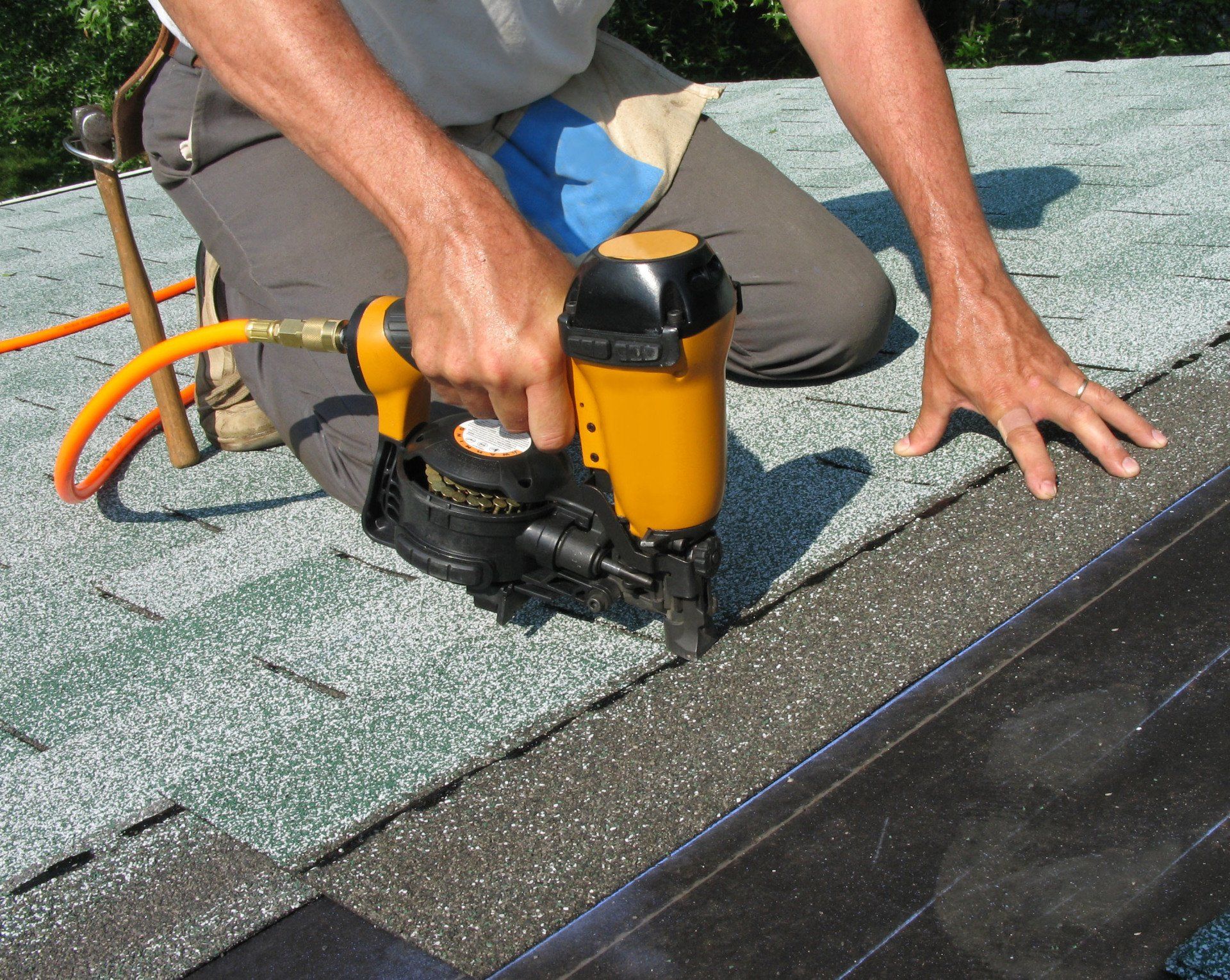
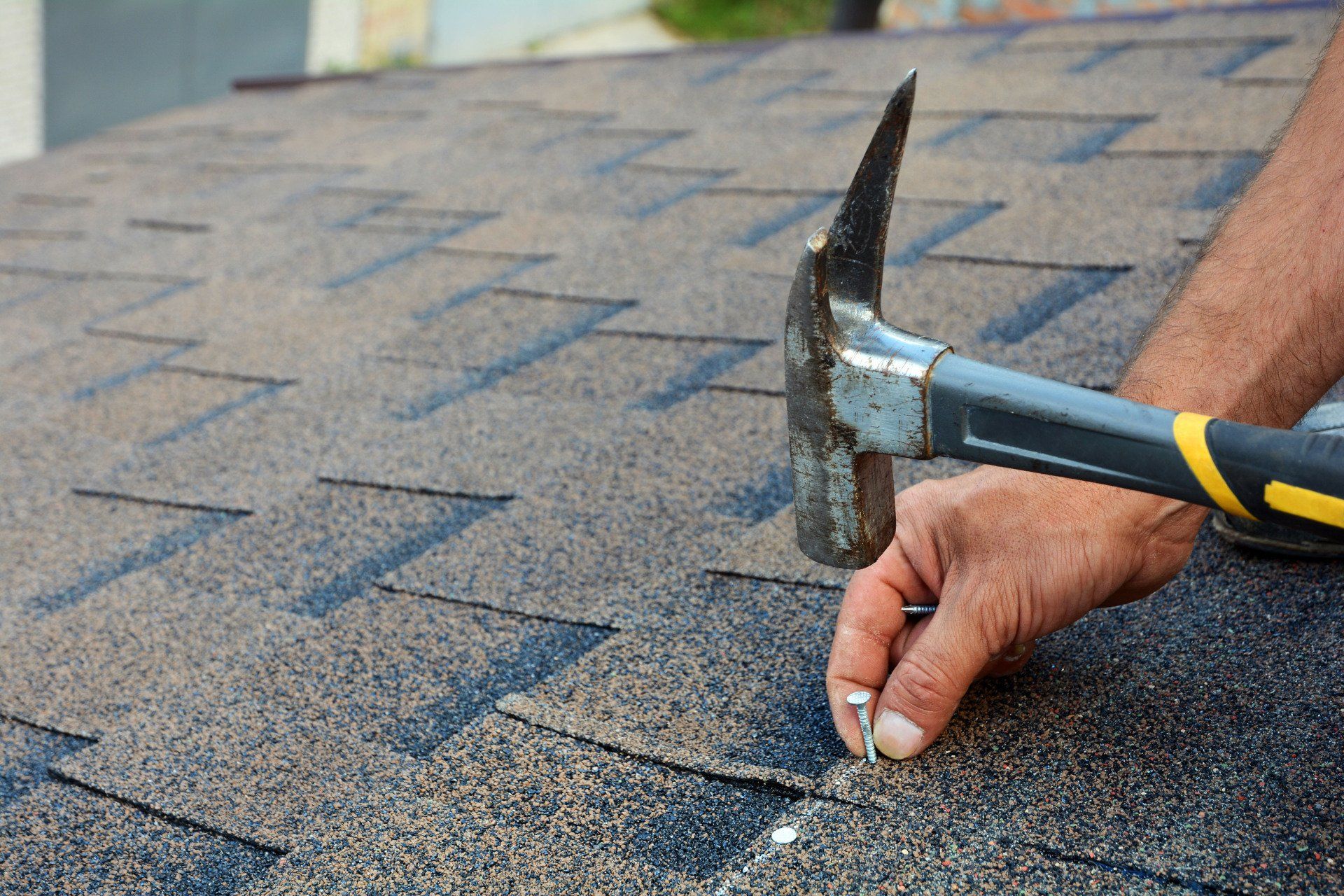
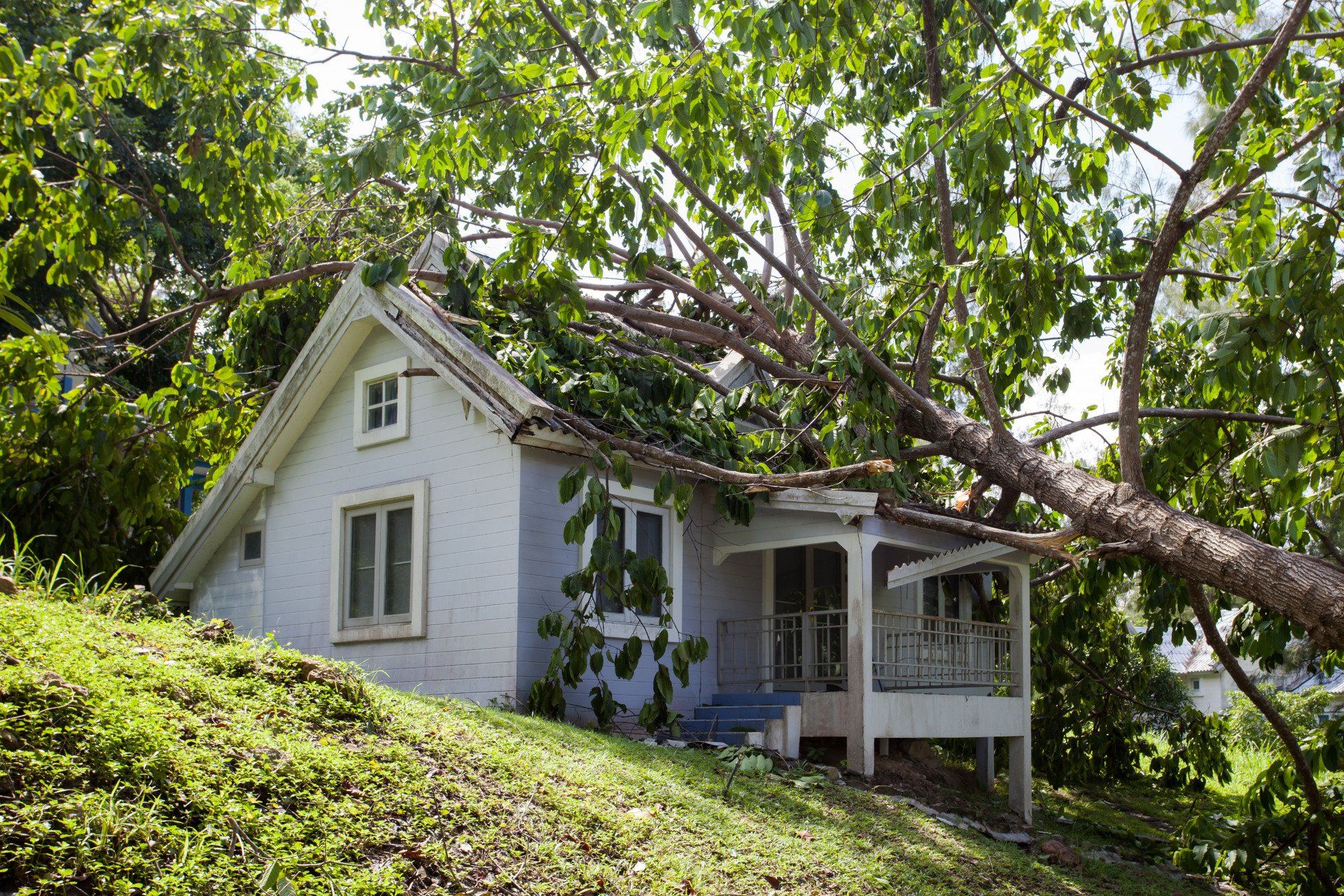
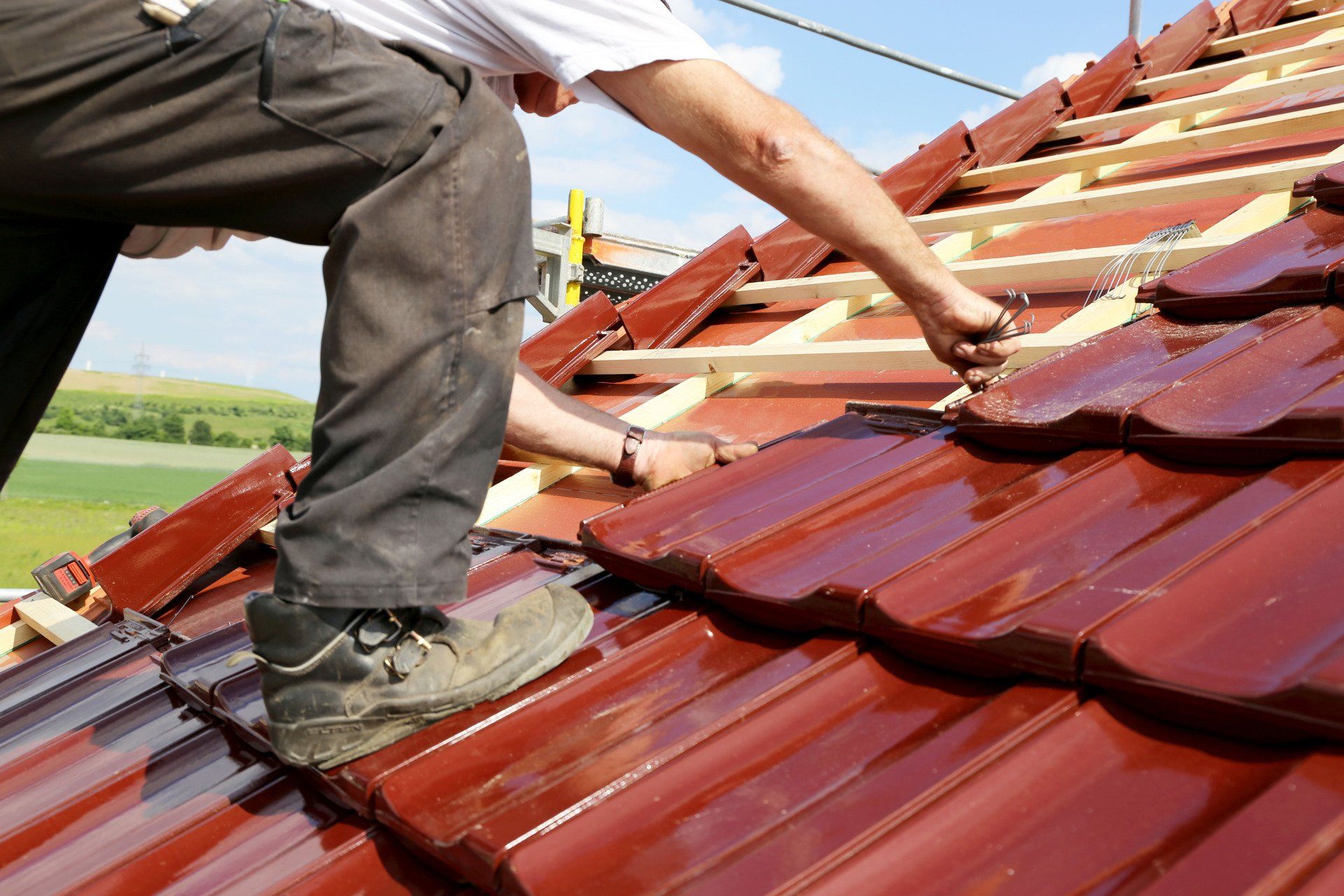
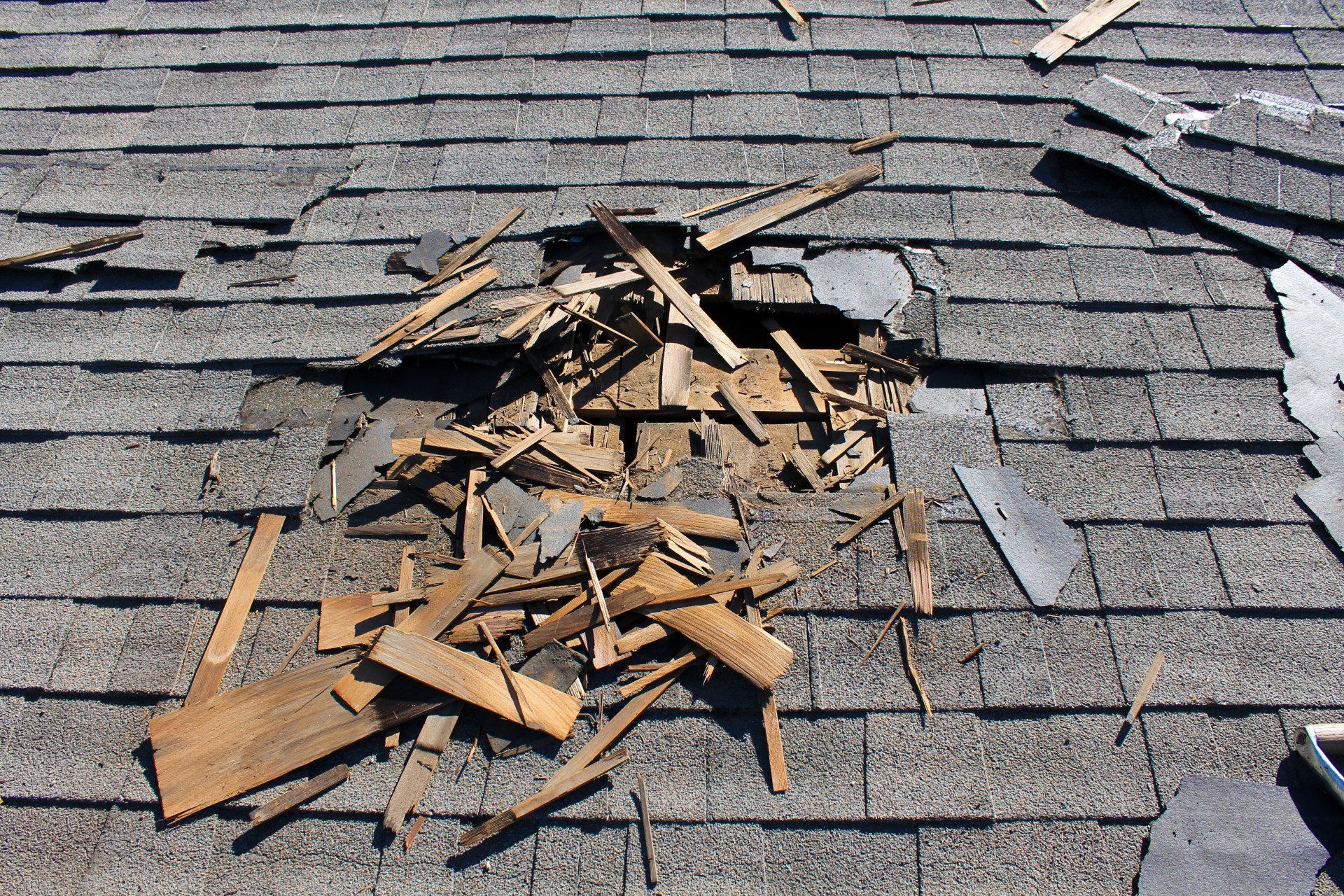
Share On: